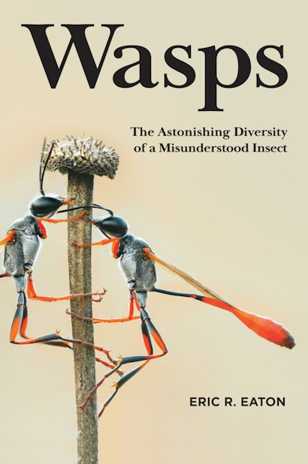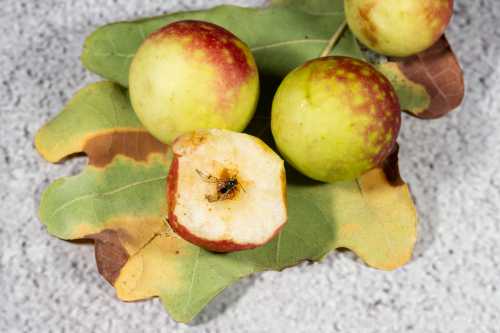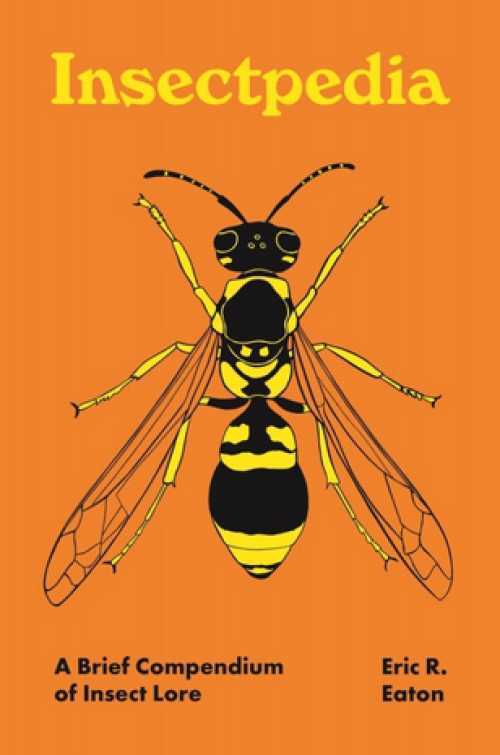Book Review:
Wasps – The Astonishing Diversity of a
Misunderstood Insect
By Eric R. Eaton
I think it’s
fair to say that wasps get a bad press. People seem to think that wasps spend
their every waking hour on a mission to sting people, to ruin children’s summer
picnics, or to otherwise make life uncomfortable for us humans.
Eric R. Eaton (also the author of the quirky and informative 'Insectpedia') sets out in his book to utterly debunk that myth, and to show how wonderful, diverse, misunderstood and important wasps are.
He states in the introduction:
“… it is the mission of this book to turn loathing and fear into fascination and admiration.”
He succeeds!

But I think we first need to be clear what we mean when we use the word ‘wasp’. For most people, when they think of a wasp, they are thinking of the European Wasp (or German Wasp) – Vespula germanica.
However, as Eaton explains in his book, there are many species of wasp – over 150,000, and he delights in sharing the fascinating diversity that is to be expected from such a large group.
Eaton shows that wasps have existed for many millennia and have been able to adapt to a great variety of habitats, geographic locations and environmental conditions.
He also points out that bees (which we all love) evolved from wasps: “Are bees just hairy wasps? Yes!”.
Eaton’s enthusiasm for wasps is clear throughout the book. He refers to their beauty - in showing the purpose in their structural design.
He explains clearly the complexity of their behaviour – that it is not merely that of a uni-dimensionally aggressive pest.
He demonstrates the important ecological place wasps occupy in different environments. Eaton also points out, many species are allies of humanity in pest-control, medicine and invention.
And finally, he reveals how important wasps are as pollinators – both environmentally and commercially. He does this in simple language and with striking photography.
One of the prominent aspects of wasps to which Eaton refers is their astonishing diversity: social wasps (such as our familiar European wasp); gall-makers; nocturnal wasps; micro-parasitoids; macro-parasitoids; pollen-eaters; hyperparasitoids. Wasps that mimic beetles, moths and mantis flies; wasps that create a pupa that looks like a bird dropping; wasps that (from the look of Eaton's images) must surely have invented pottery? I could go on!
Eaton reveals how wasps occupy urban, suburban and rural habitats and have fascinating and varied life cycles.
The book is clearly written, easy to understand for the lay person, and nicely set out. Each beautiful photograph is perfectly chosen.
At the back of the book is a list of the 83 different families of wasp, so this section takes up over 20 pages, with details of their common names, usual habitats, size and identification notes. There is also a handy glossary and a guide on 'wasp watching'.
All-in-all this is a fantastic book, and well worth reading. Eaton shows how amazingly diverse, and in their own way, remarkable wasps really are.
I’m sure that anybody who reads the book will have a much-improved opinion of wasps by the end!
Publisher: Princeton University Press
ISBN:9780691211428
If you found this page helpful or interesting, I'd really be grateful if you would share it with others - if not this page, perhaps another, such as Gardening For Bees.
Thank you so much :) .

